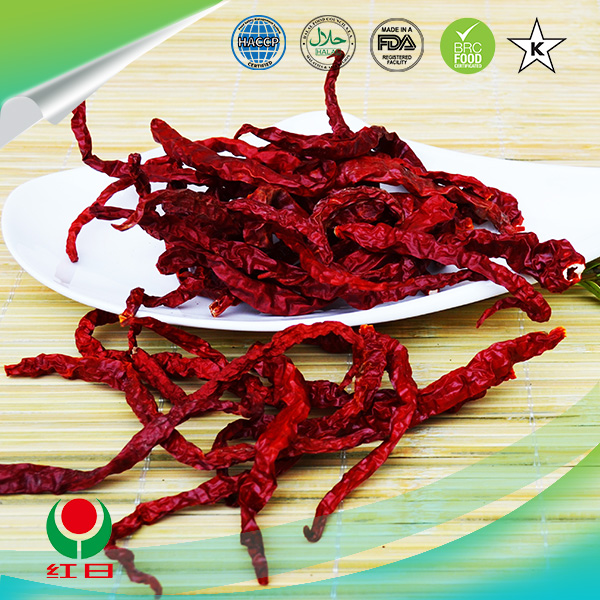- No. 268 Xianghe Street, Economic Development Zone of Xingtai city, Hebei 054001 China
- Byron@hbhongri.cn
Exploring the Unique Flavors of Chili Powder and Paprika in Your Cooking
The Flavorful World of Chili Powder and Paprika
Chili powder and paprika are two popular spices that add depth, heat, and vibrant color to dishes around the world. While they are often associated with similar culinary uses, they possess distinct characteristics, origins, and flavor profiles that make them unique. In this article, we will explore the fascinating aspects of chili powder and paprika, highlighting their differences, uses, and history.
Understanding Chili Powder
Chili powder is a spice blend made from ground chili peppers, and it often contains additional spices such as cumin, garlic powder, and oregano. The exact composition can vary based on regional recipes and personal preferences. The primary type of pepper used in chili powder can range from mild to hot, leading to various heat levels in the final product. This versatile spice is foundational in cuisines like Mexican, Indian, and American, particularly in dishes such as chili con carne, enchiladas, and various curries.
The heat of chili powder is typically measured in Scoville Heat Units (SHU), which quantifies the spiciness based on capsaicin concentration. For example, a chili powder made from cayenne peppers may register between 30,000 to 50,000 SHU, while a milder blend might be around 1,000 to 2,000 SHU. As a result, chili powder can significantly elevate a dish, adding robust flavors and a delicious kick.
Delving into Paprika
Paprika, on the other hand, is made exclusively from dried, ground bell peppers or other sweet capsicum varieties. Originating from Central America and later popularized in Hungary and Spain, paprika is known for its vibrant red color and relatively mild flavor. There are several types of paprika, including sweet, smoked, and hot, each imparting a distinct taste profile to dishes.
chili powder paprika

Smoked paprika, for example, is made from peppers that have been smoked over oak wood, giving it a rich, earthy flavor that enhances meats, stews, and even vegetables. Sweet paprika is commonly used to add color and a slight sweetness to dishes without the heat, making it ideal for seasoning soups, sauces, and deviled eggs. Hot paprika, although less common, provides a spicy kick that can elevate the flavor of various meals.
The Culinary Uses of Chili Powder and Paprika
Both chili powder and paprika are versatile spices that can be incorporated into a myriad of recipes. Chili powder is often used in spice blends for barbecues and street food, while paprika is frequently sprinkled on dishes for visual appeal and a hint of flavor.
In the kitchen, chili powder can be added to marinades, rubs, and even salad dressings to create a punchy flavor profile. Paprika, meanwhile, is commonly used in dishes like goulash, paella, and ratatouille. It not only adds flavor but also imparts a beautiful color, making the dishes more visually appealing.
Conclusion
In summary, chili powder and paprika are essential spices that enrich culinary experiences. While chili powder introduces a range of heat and complexity through its bold flavors and spice blends, paprika offers a subtle sweetness and vibrant color without overwhelming heat. Understanding their unique qualities can enhance cooking, allowing for more creativity and experimentation in the kitchen. Whether you’re adding a dash of chili powder to your favorite chili recipe or sprinkling paprika over a sumptuous dish, both spices bring a world of flavor to the table. Embrace their differences, and let them inspire your culinary adventures.
-
Turmeric Rhizome Powder: A Golden Treasure from Roots to TableNewsJul.28,2025
-
The Versatile Application Of Crushed Red Hot Peppers: Lighting Up The Red Flames On The Dining TableNewsJul.28,2025
-
The Paprika: A Touch Of Vibrant Red In Color, Flavor, And CultureNewsJul.28,2025
-
Ground Turmeric: A Modern Examination of an Ancient SpiceNewsJul.28,2025
-
Capsicum Liquid Extract: Features, Applications, and ChallengesNewsJul.28,2025
-
Application of Capsicum Liquid Extract in FoodNewsJul.28,2025







